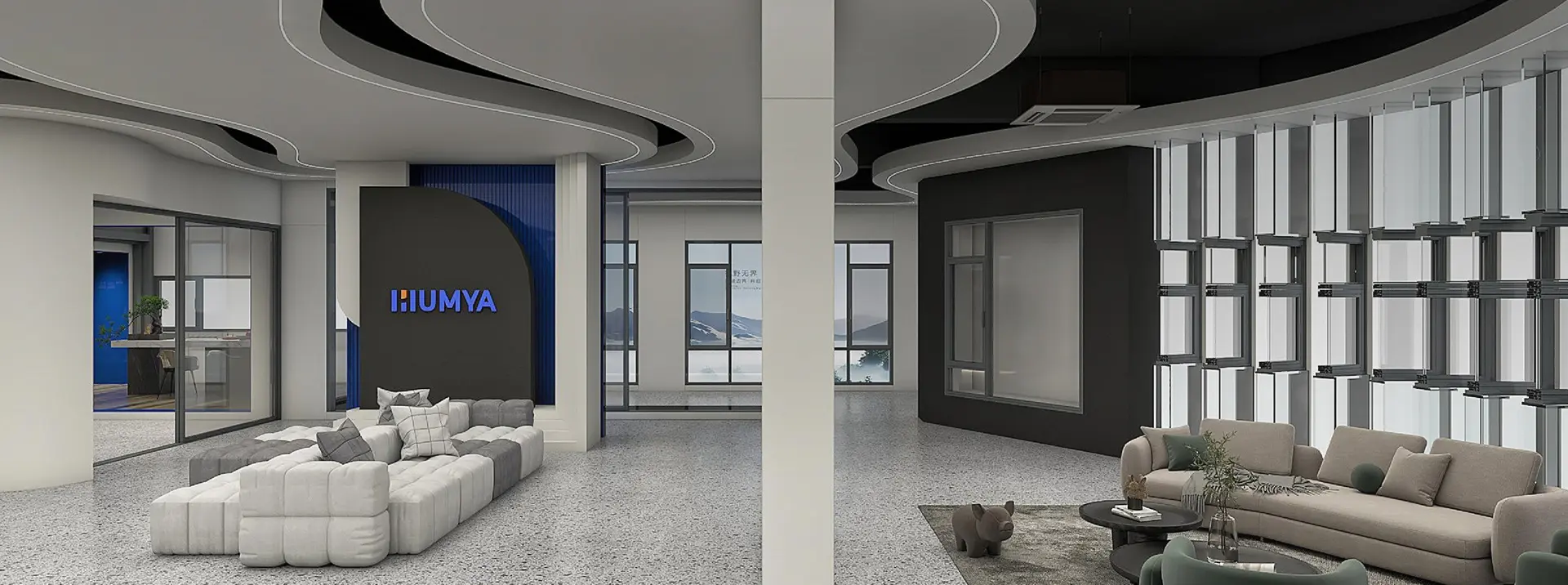
Maximizing Value with Best Cavity Sliding Door After Sales Support and Maintenance Cost Insights
In the rapidly evolving construction and architectural sectors, the cavity sliding door has emerged as a pivotal element, significantly enhancing space efficiency and aesthetic appeal. According to the latest industry report by MarketsandMarkets, the global sliding door market is expected to reach USD 36.22 billion by 2025, demonstrating a robust compound annual growth rate (CAGR) of 9.5% from 2020. This surge highlights the growing preference for innovative door solutions that maximize utility without compromising design. However, while the initial investment in cavity sliding doors can be substantial, understanding the best after-sales support and maintenance strategies is crucial to optimizing long-term value. By leveraging insights into the maintenance costs and support options available, stakeholders can ensure that they maximize the benefits of cavity sliding doors, aligning with the anticipated technological trends in the industry for 2025.
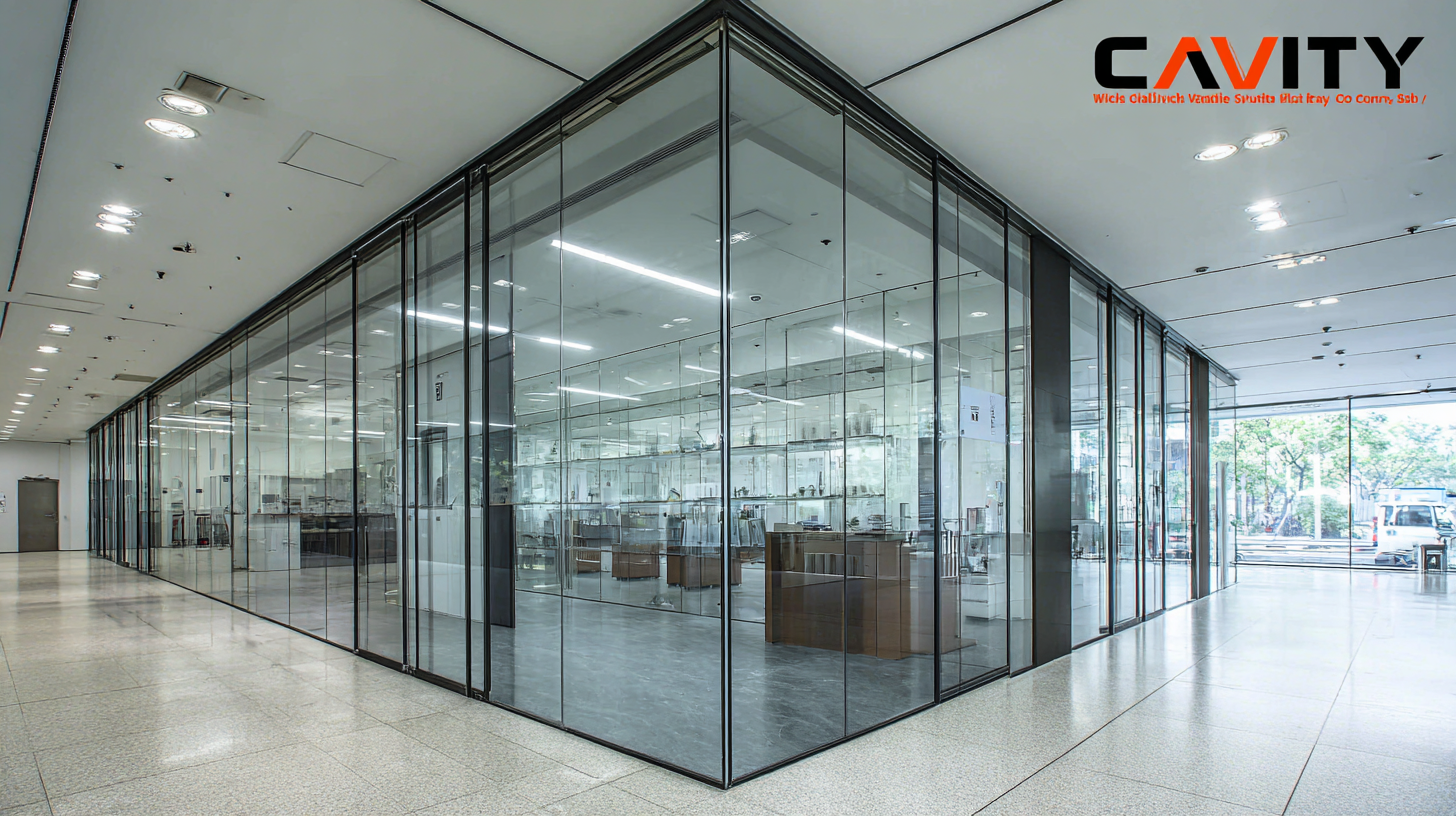
Understanding the Technical Specifications of Cavity Sliding Doors for Optimal Performance
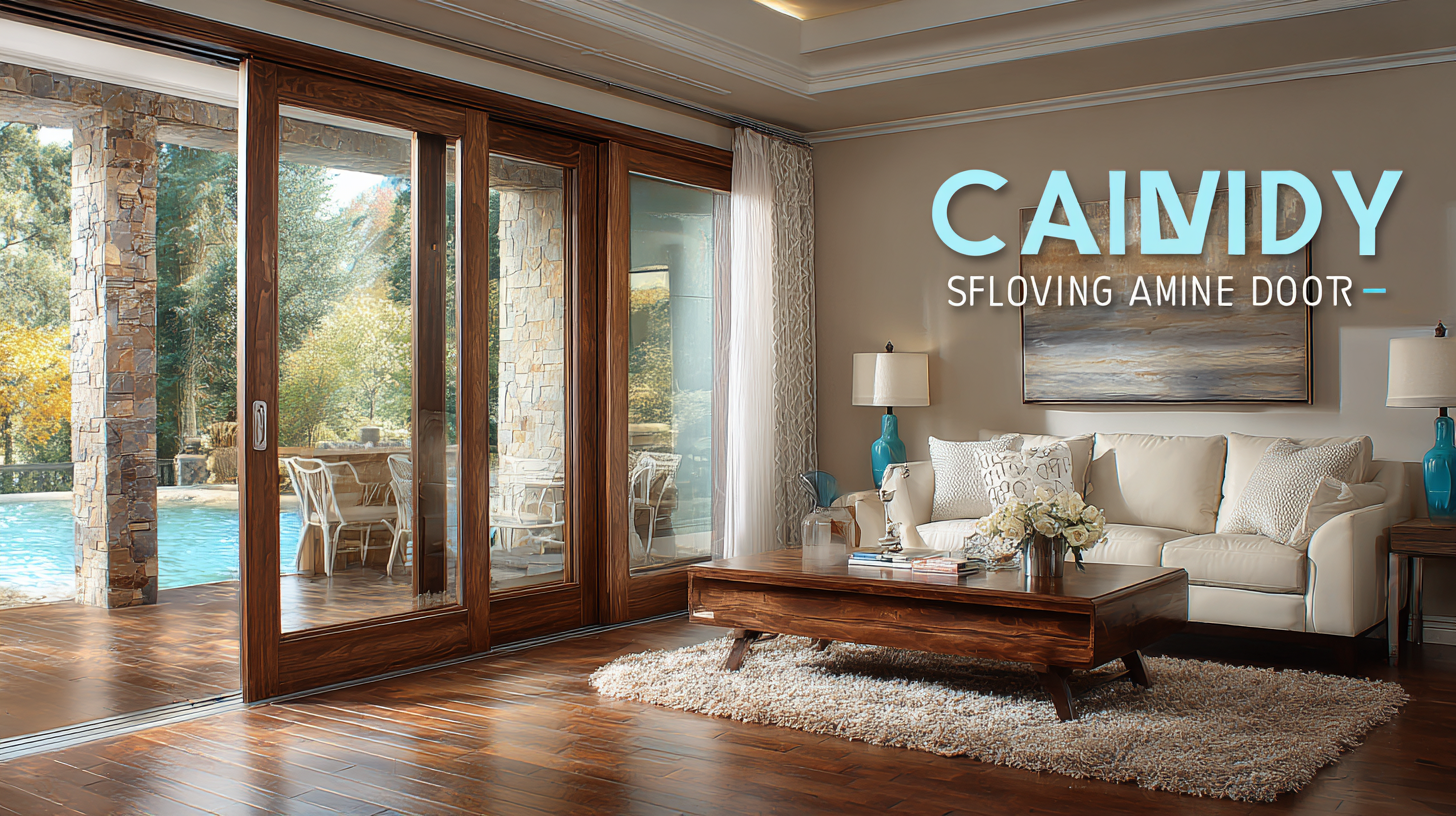 Cavity sliding doors have become increasingly popular in modern architecture due to their space-saving design and versatility. Understanding their technical specifications is essential for achieving optimal performance, particularly in both residential and commercial applications. According to the latest report from the Building Materials Association, the demand for cavity sliding doors has surged by 25% over the last three years, driven by urbanization and the need for efficient space management. Key specifications to consider include the door thickness, track system design, and materials used. Doors typically range from 30mm to 50mm in thickness, with various materials like wood, aluminum, and fiberglass offering different aesthetic and functional benefits.
Cavity sliding doors have become increasingly popular in modern architecture due to their space-saving design and versatility. Understanding their technical specifications is essential for achieving optimal performance, particularly in both residential and commercial applications. According to the latest report from the Building Materials Association, the demand for cavity sliding doors has surged by 25% over the last three years, driven by urbanization and the need for efficient space management. Key specifications to consider include the door thickness, track system design, and materials used. Doors typically range from 30mm to 50mm in thickness, with various materials like wood, aluminum, and fiberglass offering different aesthetic and functional benefits.
In addition to basic specifications, proper installation and after-sales support are crucial for maximizing the doors’ lifecycle and performance. A survey conducted by the National Association of Home Builders indicates that homes with properly maintained cavity sliding doors experience 15% fewer issues related to wear and tear compared to improperly installed units. Regular maintenance, including track lubrication and alignment checks, can significantly reduce the cost associated with repairs and prolong the lifespan of these doors. Understanding these technical details not only aids in selecting the correct product but also ensures that investments yield maximum returns through quality performance.
Key Considerations for After-Sales Support of Cavity Sliding Doors
When it comes to cavity sliding doors, ensuring optimal after-sales support is crucial for maximizing value. One of the key considerations is the availability of spare parts. Quick access to replacement components can significantly reduce downtime, making your door system more reliable in the long run. Investing in a supplier that offers comprehensive stock and shipping options can save both time and money.
Another aspect to focus on is maintenance guidance. Regular upkeep not only prolongs the lifecycle of your cavity sliding doors but also enhances their performance. Implement a maintenance schedule that includes inspecting the tracks, adjusting rollers, and lubricating moving parts. This proactive approach helps in identifying potential issues before they escalate, preventing costly repairs down the track.
Tips: Always choose suppliers who provide clear documentation regarding care and maintenance protocols. Familiarize yourself with the common troubleshooting practices to handle minor issues independently. Additionally, consider training your staff on basic door maintenance to ensure that they can act swiftly when needed. These measures will help in sustaining the value of your investment over time.
After-Sales Support Cost Insights for Cavity Sliding Doors
Essential Maintenance Tips to Extend the Life of Your Cavity Sliding Door
Cavity sliding doors not only enhance the aesthetic appeal of your home but also provide functional versatility. To ensure these doors serve you well for years to come, regular maintenance is crucial. One of the most essential tips is to keep the track and rollers clean. Dirt and debris can accumulate over time, causing the door to slide unevenly. A simple routine of vacuuming the track and wiping it down with a damp cloth can significantly reduce wear and tear.
Another key aspect of maintenance is lubrication. Using a silicone-based lubricant on the rolling mechanisms helps to ensure smooth operation and prevents rust or corrosion. It’s advisable to perform this lubricating routine at least twice a year. Additionally, always keep an eye on the alignment of your sliding door. Misalignment can lead to bigger issues down the line, such as difficulty in opening or closing the door. Regularly checking and adjusting the alignment will enhance the door's performance and longevity, providing you with optimal value from your investment.
Maximizing Value with Best Cavity Sliding Door After Sales Support and Maintenance Cost Insights - Essential Maintenance Tips to Extend the Life of Your Cavity Sliding Door
| Maintenance Task | Frequency | Estimated Cost | Expected Lifespan Extension |
|---|---|---|---|
| Lubrication of Tracks | Monthly | $10 | 1 Year |
| Inspection of Rollers | Quarterly | $20 | 6 Months |
| Check Alignment | Bi-Annually | $15 | 1 Year |
| Replace Worn Parts | As Needed | $50 | 2 Years |
| Clean Door Surface | Monthly | $5 | 1 Year |
Cost-Efficiency Analysis: Balancing Quality and Maintenance Expenses
When it comes to cavity sliding doors, balancing the quality of materials and the associated maintenance expenses is critical for maximizing value. Investing in high-quality doors may have a higher upfront cost, but the long-term savings on maintenance and repairs can greatly outweigh initial expenditures. Many homeowners overlook these factors, leading to unexpected costs down the line.
Tips for Cost-Efficiency: Ensure you perform regular inspections of your sliding door systems. Early detection of wear and tear can prevent more significant—and expensive—repairs in the future. Additionally, choosing products with warranties can provide peace of mind, as they can cover maintenance costs in case of defects or malfunctions.
Another critical aspect is understanding the maintenance requirements of your chosen cavity sliding doors. Opt for doors made from durable materials that require minimal upkeep, which can result in lower overall expenses. Furthermore, collaborating with a reputable supplier who offers after-sales support can help you stay informed about best maintenance practices, ensuring your doors remain functional and attractive for years to come.
Step-by-Step Tutorial for Troubleshooting Common Cavity Sliding Door Issues
Troubleshooting common issues with cavity sliding doors can help you maintain their functionality and extend their lifespan. One prevalent problem is misalignment, which affects the door's ability to slide smoothly. According to the National Association of Home Builders, around 10% of sliding door installations face adjustment issues within the first year. Regularly inspecting the track for debris and ensuring the rollers are lubricated can mitigate this problem.

Tips: When experiencing resistance while sliding, check for dirt accumulation or worn-out rollers. A simple cleaning and lubrication routine can enhance performance significantly.
Another common issue is the wear and tear of the door hardware. A report from the Home Improvement Research Institute highlights that approximately 25% of cavity sliding door maintenance costs stem from replacing hardware. Ensuring that all fixtures are securely fastened can prevent costly repairs down the line.
Tips: Consider investing in high-quality hardware, as it can significantly improve durability and reduce future maintenance costs. Regularly examine the door's surroundings to eliminate any potential obstructions that might lead to hardware wear.




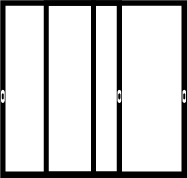 Sliding Door
Sliding Door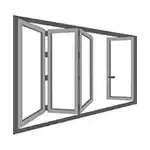 Folding Window
Folding Window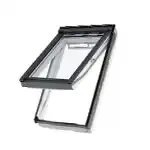 Skylight
Skylight Casement Window
Casement Window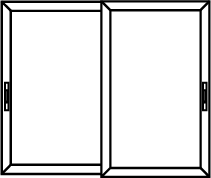 Sliding Window
Sliding Window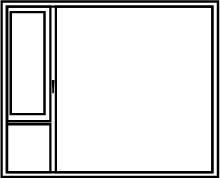 System Window
System Window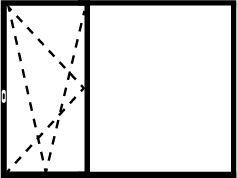 Tilt and Turn Window
Tilt and Turn Window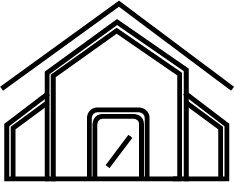 Sun Room
Sun Room